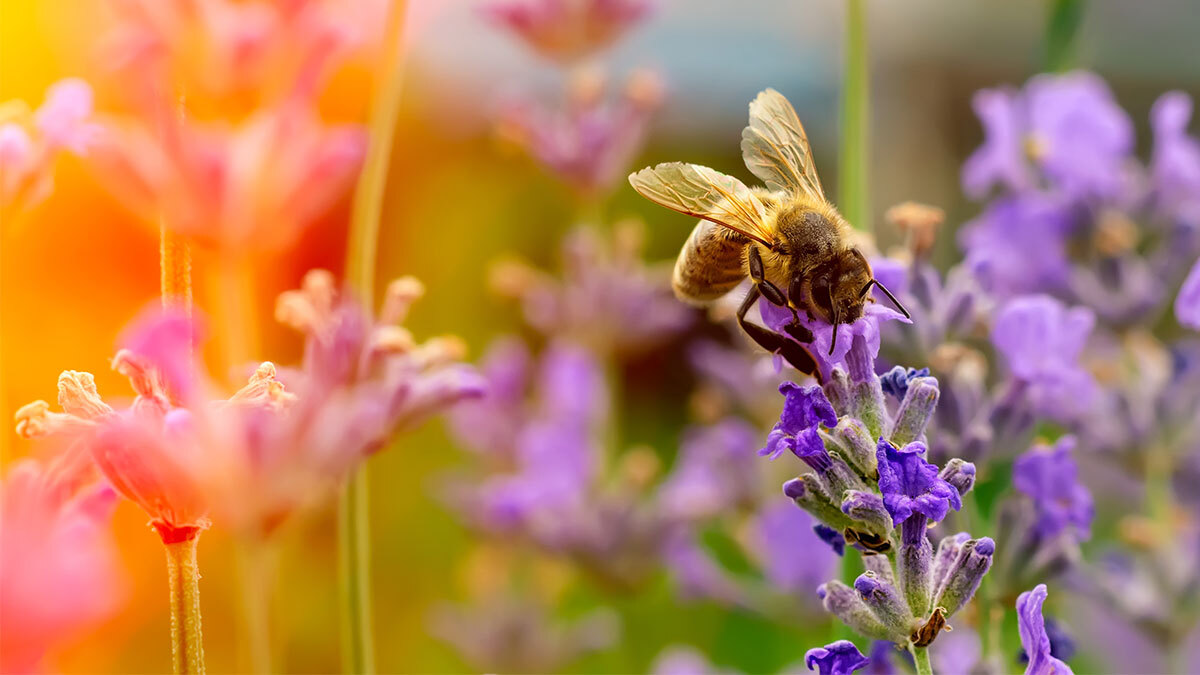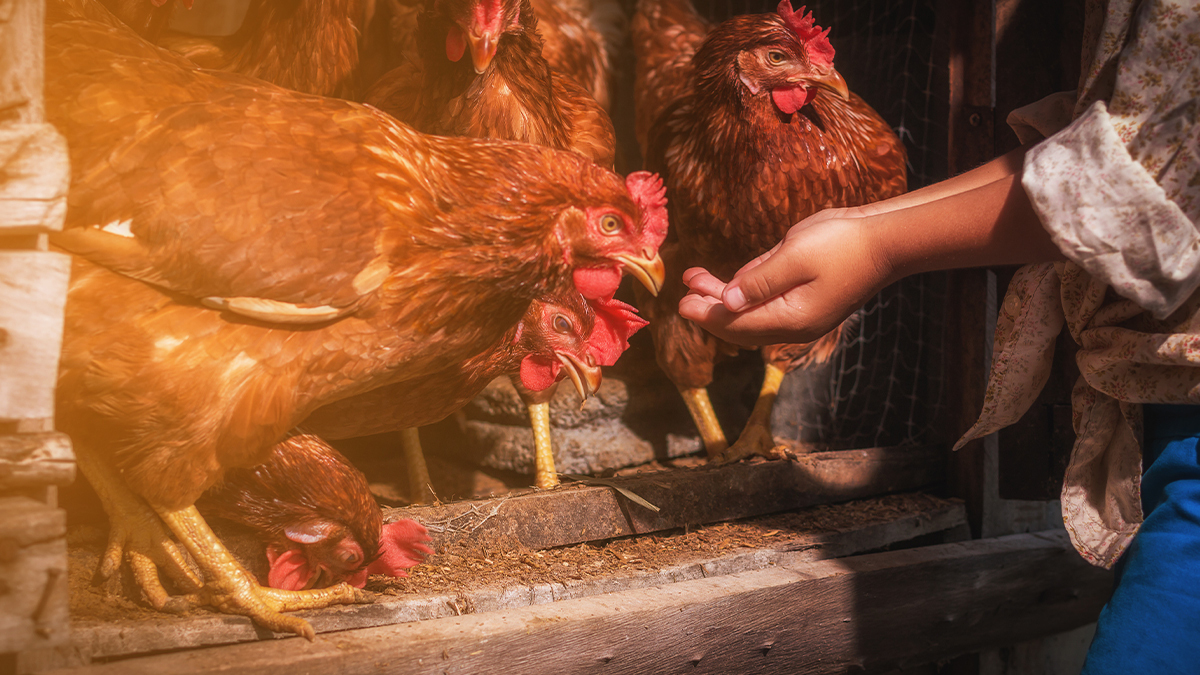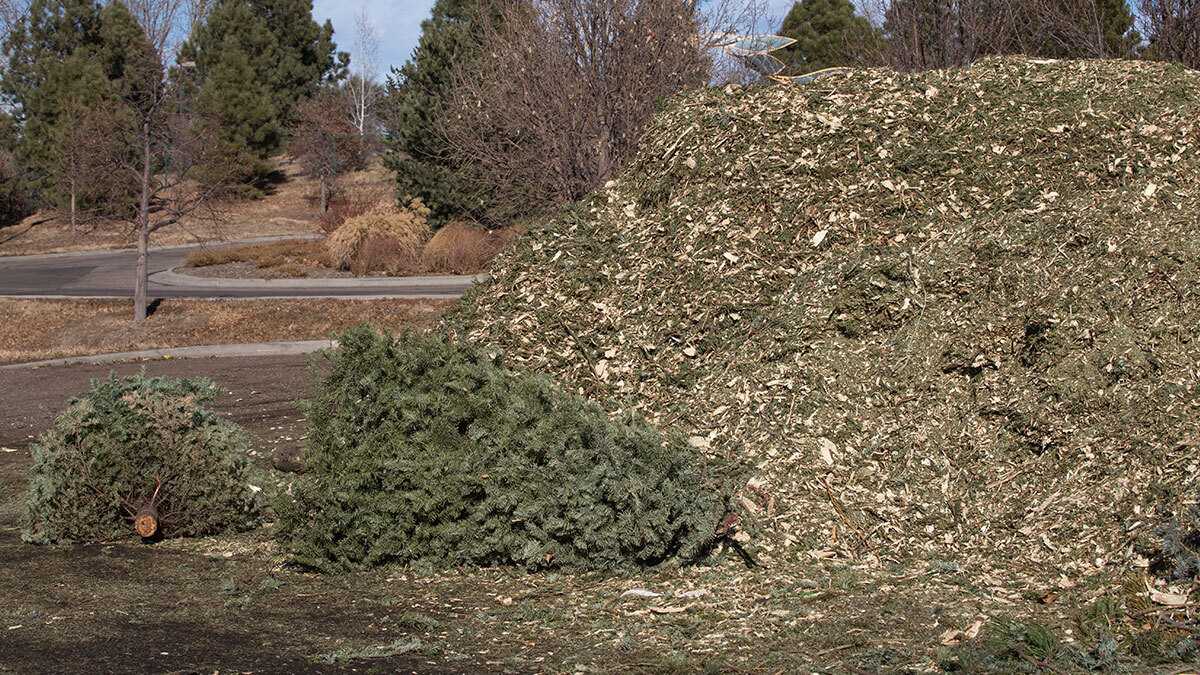on
Gardening. It’s a constant battle between you and pests.
Before you run to the store to buy chemicals to solve the problem, may we suggest trying a new method: introducing beneficial insects to your garden area to push out the harmful ones.
Don’t mistake destructive bugs with these insects that help your garden thrive! Read on to discover the 10 insects that help and how to attract them.
1. Bees
The first insect on our list should come as no surprise.
Bees are one of the most important insects that help not only your personal garden but also food crops around the world. You want and need these pollinators in your garden – and a lot of them.
Here’s how to attract them.
- Plant different varieties of flowering plants that provide nectar. They are drawn to butterfly weed, poppies, and lilies.
- Have some un-mulched soil for ground bees.
- Keep a shallow water source, such as a small saucer, nearby.
- Consider beekeeping and keeping a honeybee hive near your garden.
2. Ground Beetles
Not all beetles are pests! Ground beetles provide excellent pest control, so don’t squish them.
These insects that help your garden are nocturnal and hunt pests like slugs, caterpillars, Colorado potato beetles, snails, and cutworms.
Plus, they eat weed seeds.
According to Den Garden, “One ground beetle, alone, is able to eat more than fifty caterpillars during its relatively short lifespan.”
You want these nocturnal pest control beetles.
Here’s how to get them to hang out in your garden:
- Plant raised garden beds with perennials and grasses. Keep it mulched.
- Plant evening primrose, amaranthus, and clover.
- Provide space with rocks or logs for the ground beetles to hide under. They tend to live in rotting logs, so look for a log and place it in your garden.
3. Lacewings
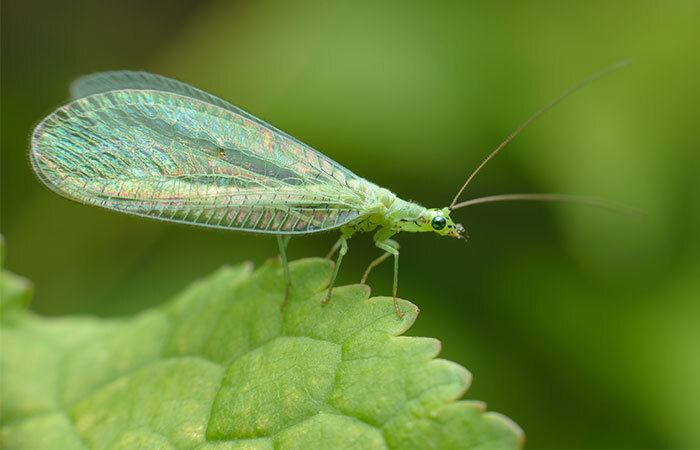
One of the insects that help gardens the most is lacewings.
This is because lacewing larvae are great predators, eating pests like aphids, small cabbage worms, other caterpillars and their eggs, mealybugs, and whiteflies.
And not just eating a few – they are capable of consuming upwards of 200+ pests per week!
Here’s what you need to do to bring all the lacewings to do your yard:
- Make sure you have an adequate ground cover (grass, scrubs, and trees).
- Add flowers such as daisies, dandelions, goldenrod, and sunflowers.
- Add herbs such as dill, oregano, and mountain mint.
- Purchase lacewing larvae online or at nurseries.
4. Dragonflies
The larger size of dragonflies allows them to prey on larger and faster pests.
Den Garden explains, “Capable of flying at speeds of nearly thirty-five miles per hour, dragonflies are great for controlling flying insects, as well as moths and midges.”
Specifically, dragonflies are great for controlling mosquito populations.
If you want to control the number of flying pests in your garden, here’s how to attract some dragonflies to manage this situation for you.
- Have a garden water feature, such as a small pond or fountain. This is critical as the females lay their eggs in wet areas.
- Add submerged vegetation and water lilies.
5. Ladybugs
Many people believe spotting a ladybug brings good luck.
But you don’t have to be a superstitious person to agree that ladybugs are good for your garden.
They prey on your plant’s enemy, the aphid, consuming about fifty a day. They also prey on other small insects, such as potato beetles.
Here are some ways you can attract these colorful helpers.
- Plant dill, dandelion, fern-leaf yellow, common yarrow, and basket of gold near your garden.
- Plant flowers such as angelica, marigolds, and sweet alyssum to provide the pollen that attracts ladybugs.
6. Praying Mantis
The large size of the praying mantis makes it a serious threat to many small-scale, invasive pests.
The praying mantis eats flies, caterpillars, crickets, grasshoppers, and moths.
As long as you don’t have a butterfly garden, you’ll want these bugs in your yard.
Here’s what you need to do to get them there.
- Plant herbs such as dill and caraway.
- Keep a shallow water source, such as a small saucer, nearby.
- Add straw or hay for hiding.
7. Hoverflies
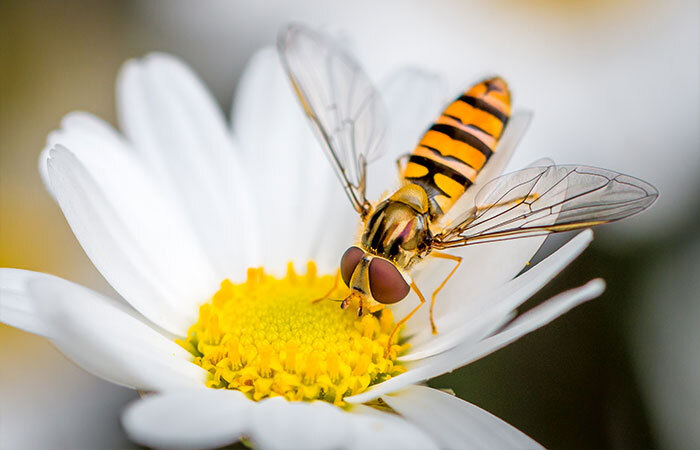
Hoverflies, also known as syrphid flies, are excellent pollinators.
In addition to feeding on nectar, they go after aphids, caterpillars, mealybugs, scale, and thrips.
They are also known for laying their eggs among colonies of aphids to ensure their young have plenty of food.
Hoverflies look like yellowjackets, but they do not have a stinger.
To attract these pollinators and aphid killers to your garden, plant flowers and herbs, such as: bergamot, cosmos, dill, goldenrod, lemon balm, mint, parsley, Queen Anne’s lace, and zinnias.
8. Braconid Wasp
The braconid wasp is an excellent form of pest control.
This bug is actually a parasite that injects its eggs into its prey (or the host) with a sting. As the eggs hatch, they kill the host.
Their primary host of choice is hornworms, which makes them ideal for tomato gardens.
Here’s how to bring this parasitic pest control to your garden:
- Live in a hot, humid climate.
- Plant flowers and herbs that produce nectar and pollen, such as alyssum, chamomile, catnip, feverfew, buckwheat, dill, and fennel.
- If you see a hornworm covered in eggs or pupae, don’t mess with it!
9. Soldier Beetle
Another good type of beetle for your garden is the soldier beetle. They are excellent pollinators and provide some pest control.
Adult soldier beetles prey on soft-bellied pests, such as aphids.
Here’s how to attract soldier beetles:
- Plant yellow flowers like goldenrod, marigolds, and zinnias.
- Add plants with compound blossoms, such as Queen Anne’s lace and yarrow.
10. Aphid Midge
The name of this bug makes it clear why you want it in your garden – these bugs prey on 60 different types of aphids.
These small fly-like bugs tend to hide under leaves during the day, but they come out at night and hunt aphids.
They bite the aphids and inject poison, which allows them to consume them easily.
Here’s what you need to do to bring aphid midges to your garden:
- Plant a variety of nectar and pollen-producing plants and flowers.
- Add a small water source.
- Add wind protection, such as large rocks at the perimeter.
- Purchase them online or in nurseries.
Get access to premium content and more!



